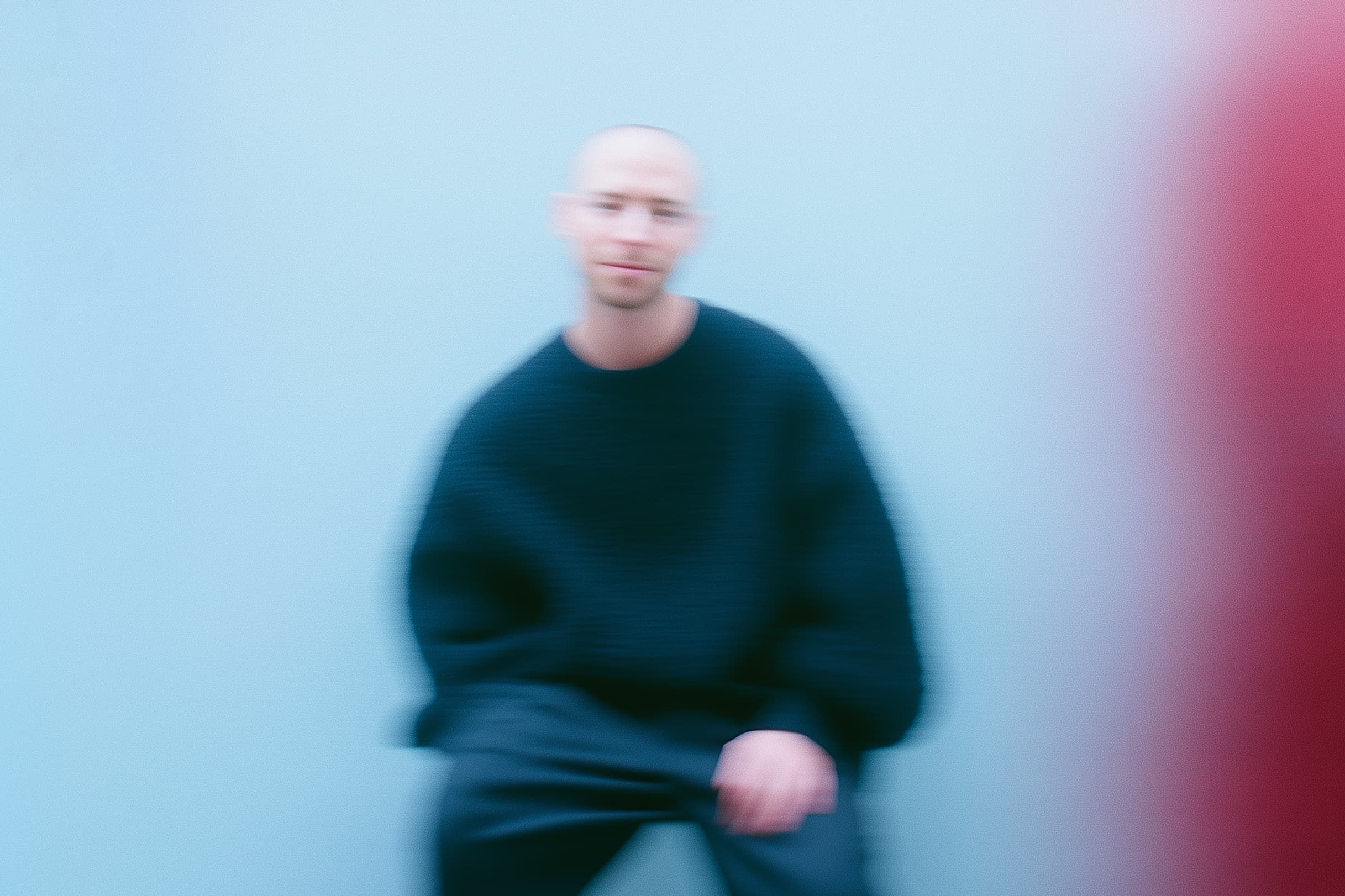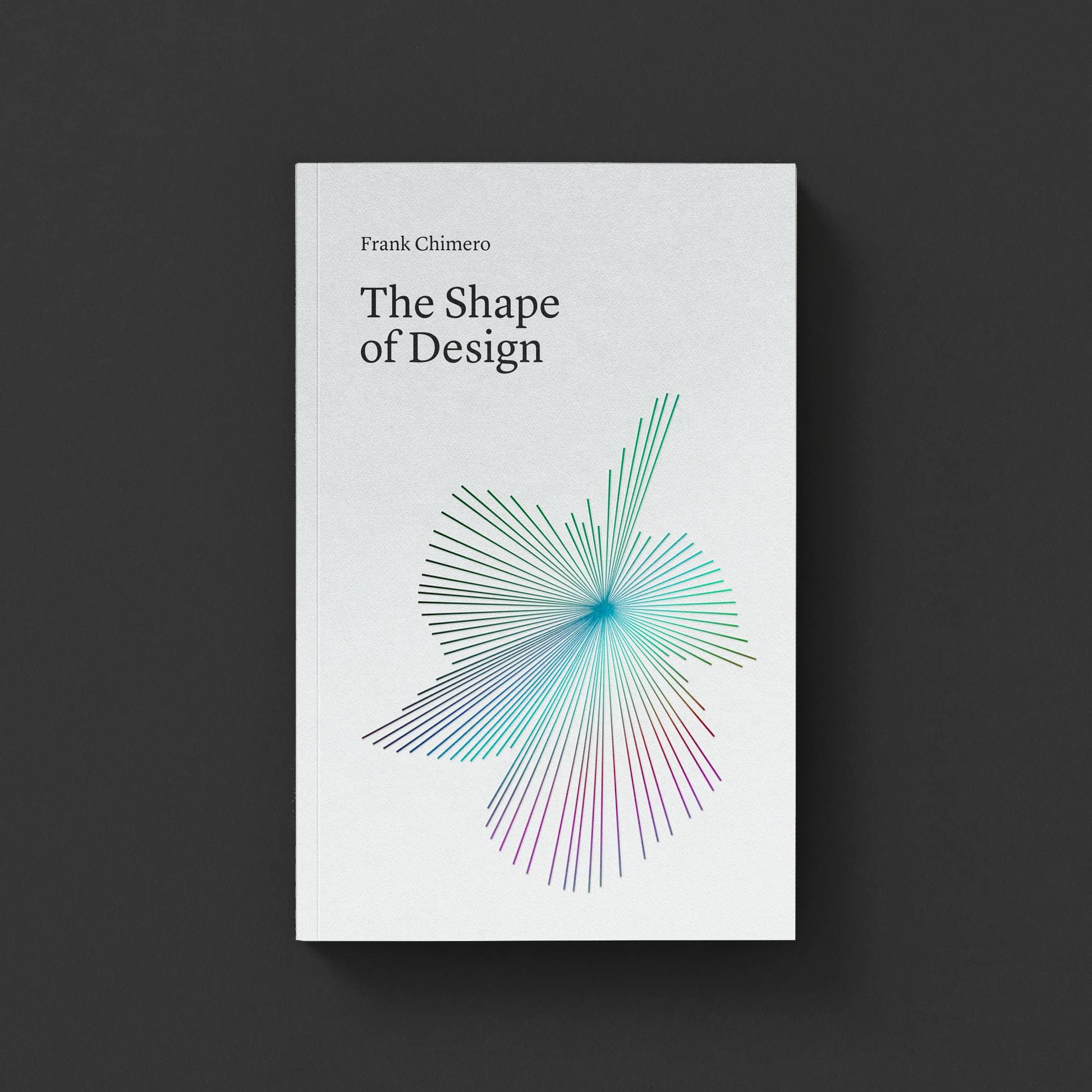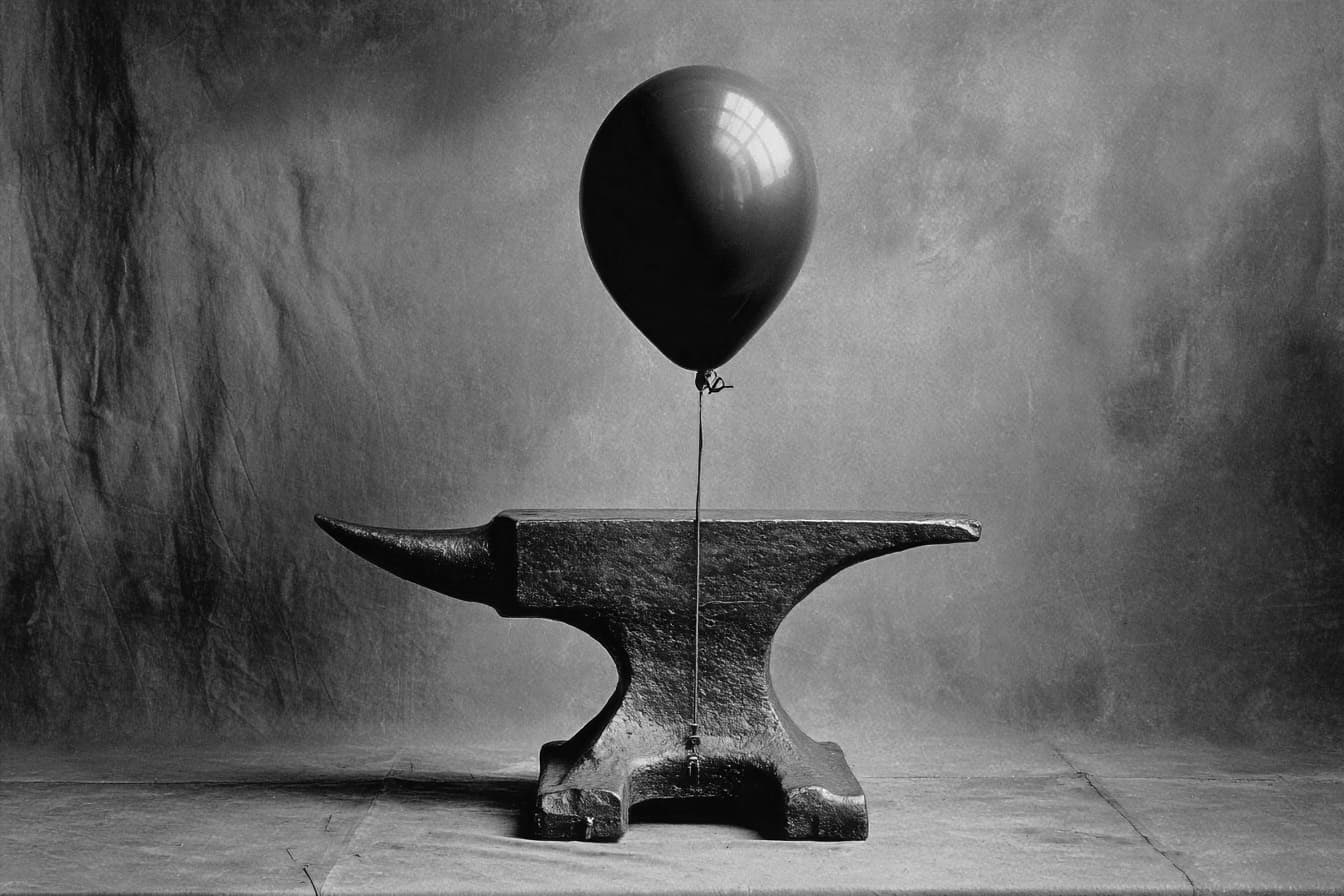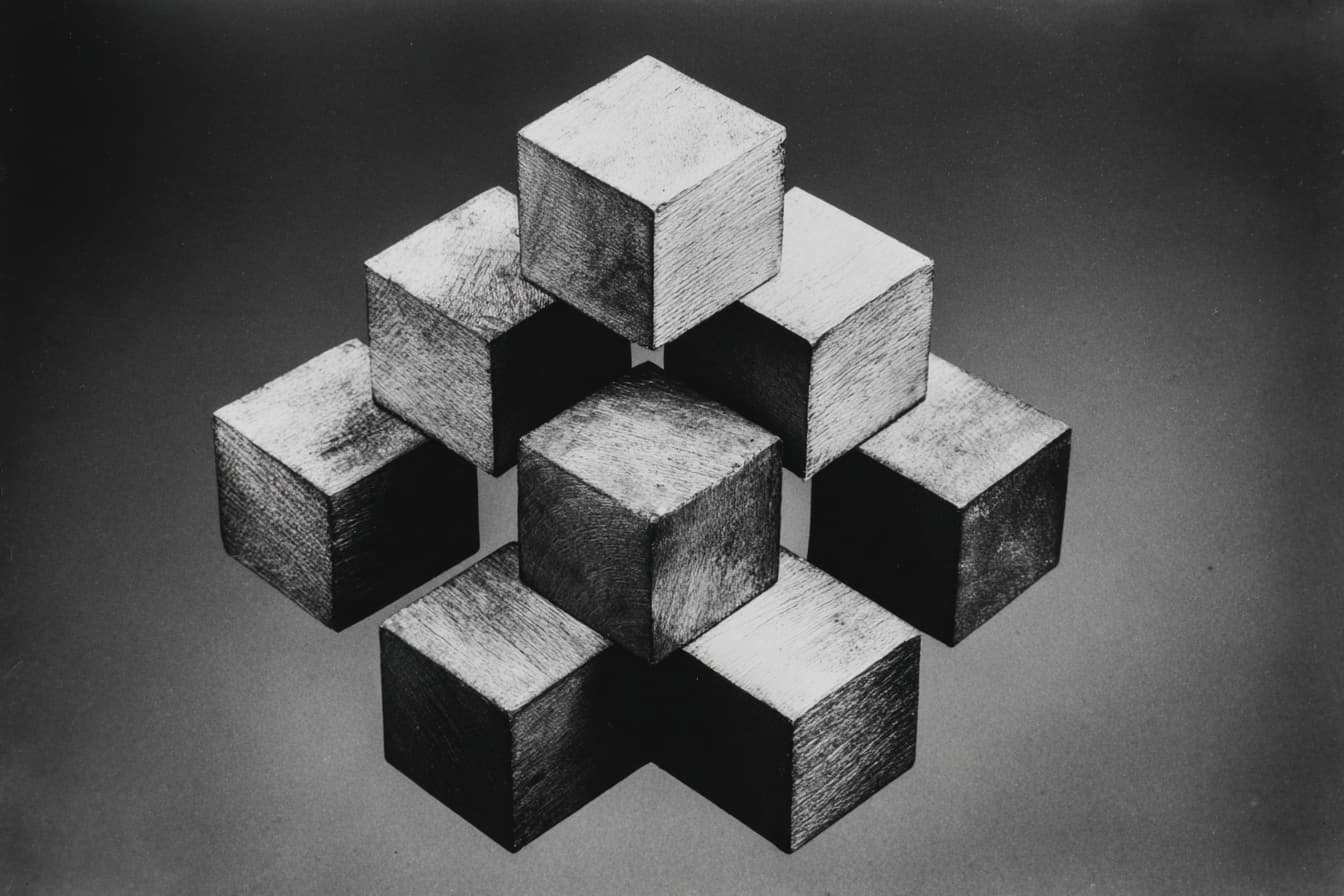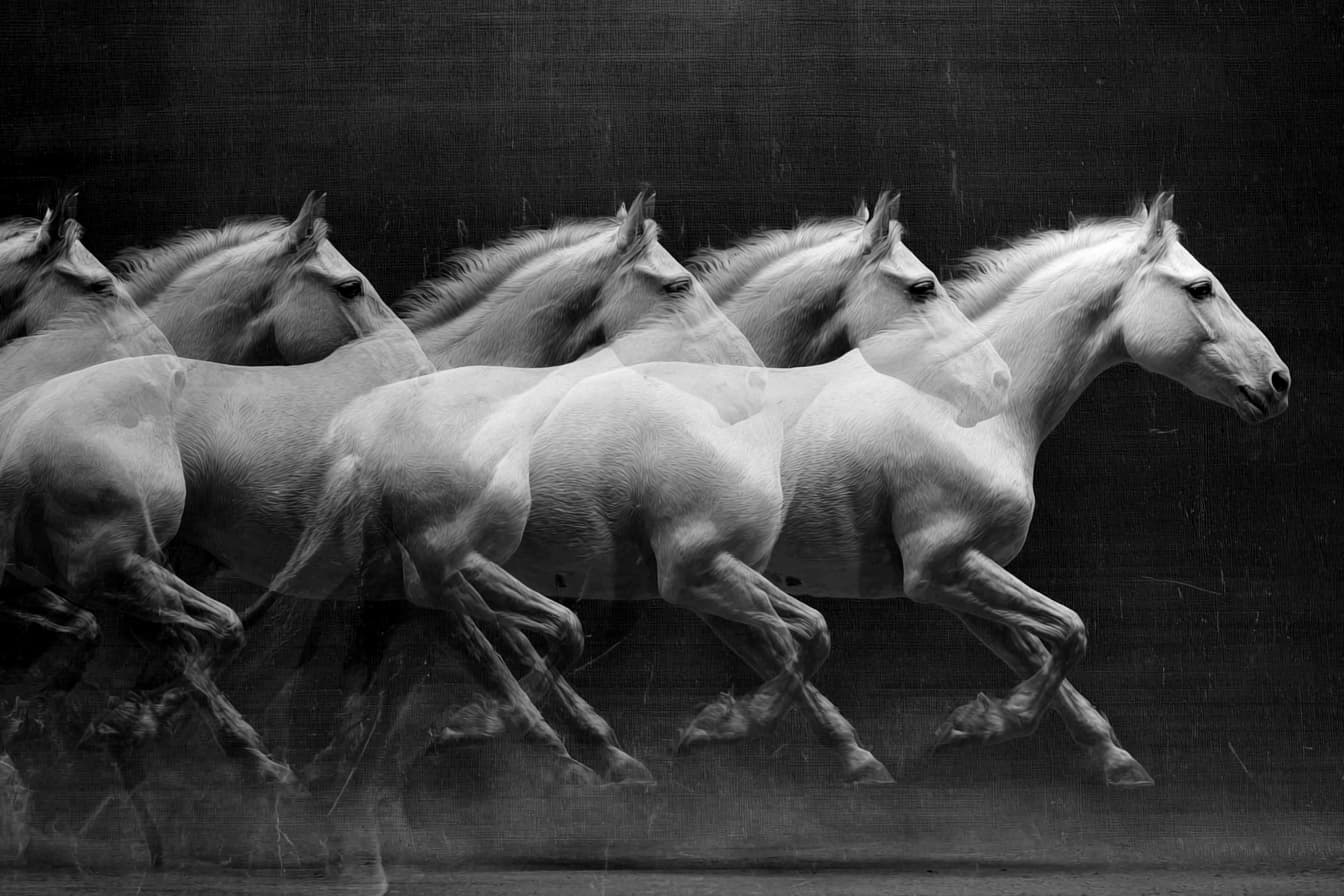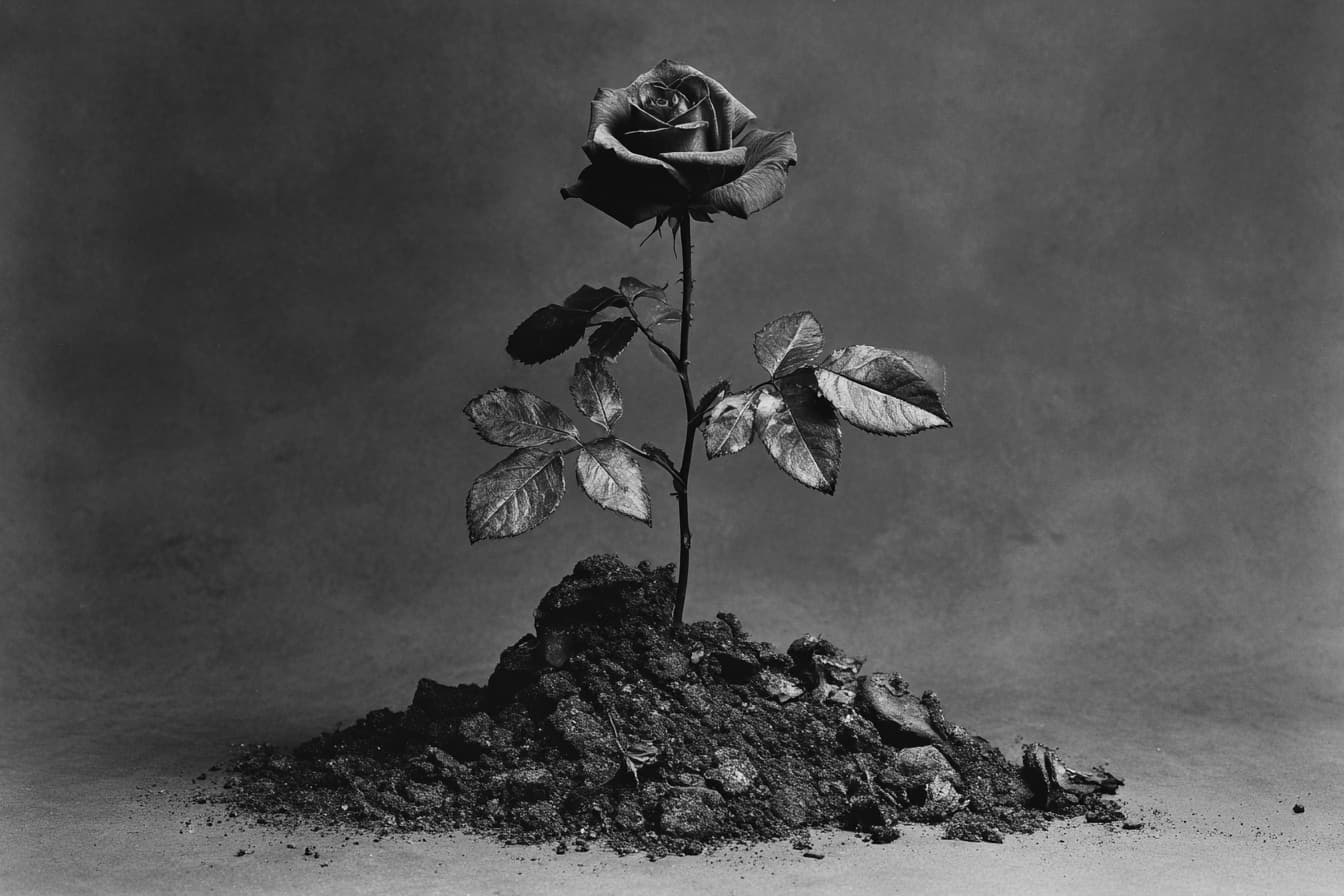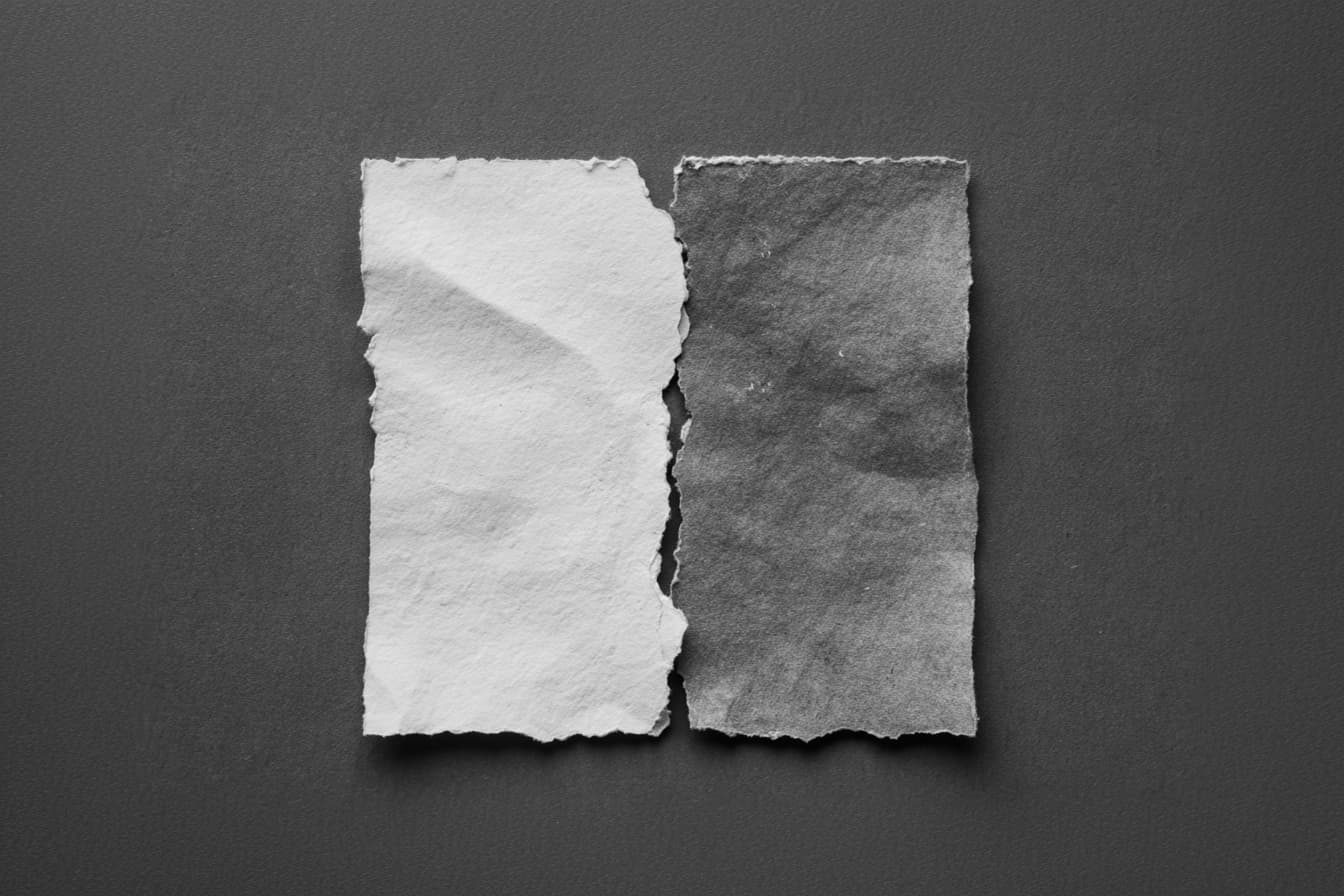Ten Principles
I hate the word “tip.” It implies that there’s something that you don’t know. Some secret little gem that, when sprinkled on your work, your creative process, your diet, or your sex life will magically make it all better. They promise to make all of it effervescent, and float above everything, defying gravity above all those poor folks who didn’t happen to stumble upon Dumbo’s magic feather like you did.
Tips are easy. And shallow. Principles, though, now that’s something worth talking about. If tips are puddles, principles can be oceans. They can be deep enough to hold intrepid adventures, yet tame enough to provide a significant bounty to nourish a creative life. They can serve as a north star and a rallying point. More than anything, they can be an inspiration. Sailors will always sing about the sea.
Antonio asked me to map my own ocean and to document a few of my guiding principles. They may be of assistance to you. They may not. But then again, it’d be a shame if we were all working off the same map, looking for the same treasure.
1. Be honest.
Be honest to your audience. An open path of communication is built upon trust. This idea is relevant to every other form of communication, and I think it applies to visual communication. Honesty isn’t just about audience. Be honest to yourself as well. Do the things you’re passionate about. Avoid the things that you hate, if you can.
2. Consistent voice is more important than consistent style.
Voice is about what you say. It’s content. Style is about what you’re wearing. It’s aesthetics. The prior informs the latter, not the other way around. Clothes don’t make the man. They don’t make your work either.
3. Does it have heart?
If it does, make it. If it doesn’t, why spend the time on something that doesn’t have spirit?
4. Have modest expectations.
Spend a lot of time choosing that one thing that a piece of design or an illustration should try to do. Then, work your ass off trying to figure out the absolute best way to do that one thing.
5. Don’t be scared of your tools.
Use them, don’t fear them. For instance, while sketching, I recommend using cheap paper. If the paper’s cheap, you won’t feel bad documenting your bad ideas. Getting the first, awful ideas out of the way is crucial: very rarely does any one hit it out of the park on the first try. If I had a sketchbook filled with nice, expensive paper, I’d feel obligated to make the first idea I sketched brilliant. That pressure would paralyze me. Tools should be enablers, not disablers. If something is more intrusive or intimidating than it is useful, get rid of it. It’s not a tool, it’s a toy. Or worse, a creative boogie man that you’re inviting through your front door.
6. Embrace the subconscious.
In the studio, I have a sofa for naps with a couple pillows. The pillow is kind of comfortable, but mostly not. Just soft enough to relax you. But, just stiff enough to keep you from falling fully asleep. Right before you fall fully asleep, your brain is making all sorts of connections between all of the unrelated thoughts in your brain. There’s no filter from your conscious mind saying “This makes sense. This other idea doesn’t.” Without that filter, you can consider more possibilities. So, grab something to write with, fill your head to the brim with research and what you already know. Then, take an almost-nap and get ready to document the ideas that find you.
7. Edit.
Delete unimportant things. Even if you love them. If it isn’t spectacular, it gets cut. Kill your darlings. Be a cold-blooded killer. Ruthless. Delete. Refine. Improve.
8. Being too comfortable is dangerous.
Most creatures die in their sleep. Keep moving, or get eaten. The only things you should be absolutely comfortable with in your creative process are your tools.
9. There is nothing keeping you from doing the sort of work that you wish.
What do you want? It’s a hard, yet crucial question. We all do creative work to get happy. It’s why we let it beat us up, and it’s why we keep crawling back to it. Figure out precisely what you want, and realize that if no one will pay you to make it, you can still make it for yourself. And you still win, because you’re happy.
10. Execute.
An idea on the page is worth 100x more than an idea in the mind. You can only judge and be judged by work that’s executed. Eventually, we all realize that most of the ideas that look great in our mind look dumb once they’re real. But, at least you now know.
This article was originally written for Antonio Carusone’s site Aisle One.
